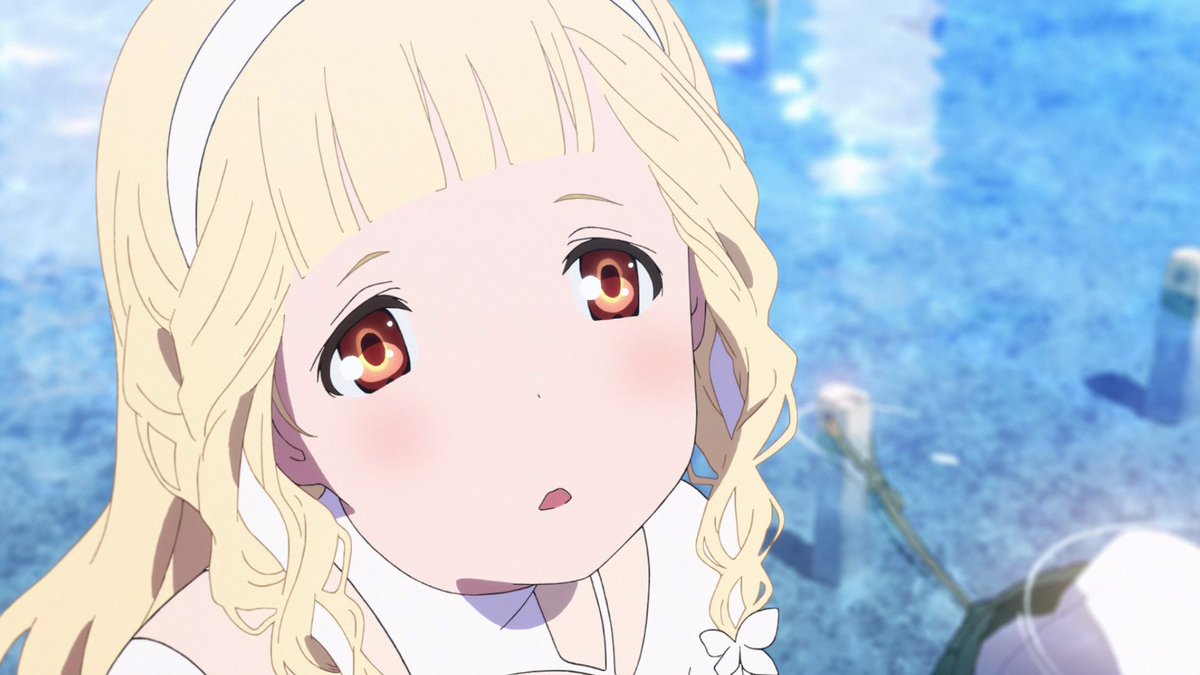12.28

As an Asian-American, Orientalism has been a difficult topic to grapple with. Because the word has been used in many different ways in recent internet discourse, inadvertently resulting in vague explanations. Literature professor Edward Said originally popularized the term to mean representations of Asian and Middle Eastern cultures that presented them as “the other”, something to fetishize or view as more an exotic theme park than its own society. But that leads to the question as to what problems there are in Orientalism, as that definition can apply to works celebrating Asian cultures just as much as it can apply to works that demonize and stereotype them. Avatar the Last Airbender, a show praised for portraying fantasy cultures influenced by Eastern imagery, was written and directed by mostly non-Asian creators. Yet to refer to it as Orientalist seems unfair, as that lumps it in with the Fu Manchus and Charlie Chans of pop culture.
And it leads to an unfortunate dichotomy suggesting that any Western art that portrays Asians is racist no matter how positive or layered the depictions are, which I can’t possibly agree with. If anything, it divides cultures and builds fences over potential bonds if works like Isle of Dogs, Sita Sings the blues, Kubo and the Two Strings, and Samurai Jack are viewed as something to avoid instead of a potential path. Also, the debate is very different for Asians as opposed to Asian-Americans, where native Japanese mostly responded with apathy or nonchalance at hot button topics here like when Scarlett Johansson was cast as Motoko Kusanagi. Or China’s lack of interest in Crazy Rich Asians. Not to mention when the Museum of Fine Arts in Boston was protested for allowing patrons to try on kimonos as a cultural exchange protest, even though the sponsors for the program were Japanese and questioned why they were criticized for attempting to share their own culture.
But there can still be a sense of discomfort when looking at some works that attempt to celebrate Asian culture, especially ones from years past. Like the Gargoyles episode “Bushido”. Set in the middle of the Avalon World Tour, Goliath and friends find themselves in Japan where they meet the local Japanese gargoyles, all wearing traditional robes and kimonos. While they’re all manipulated by a Japanese businessman who, poor at his own bushido studies, abandoned his traditions for greed. Most of these new characters are played by Asian voice actors. The setting is never played for laughs or looked down upon by the main cast. And the ultimate message is about how gargoyles shouldn’t have to compromise and lower themselves into amusement park subjects if they want to be accepted by humanity. All in all, something that should age well. Should.
Watching the episode, I felt some awkwardness seeing the typical Gargoyles plot of “Goliath and pals get manipulated by a master planner” but set in Japan, with even a Japanese Xanatos to remind you what show you were watching. A show that has been championed for intricate plotting now resigning into its own formula but set in different countries, like all those post sell by date Simpsons episodes where Homer goes to Brazil/Italy/Canada/Australia and gets into generic hi-jinks. “Bushido” is an episode that means well and has its heart in the right place, but still somehow comes off as dated even for its time. The Japan portrayed here comes off as the amusement park the show derides, with ninjas, pagodas, samurai, and villains who act and look like Yakuza. Anything PG-rated that the average person can come up with when they think of Japan is seen here. And it leads to a simple world within a simple episode, told in a padded-out arc that should have ended sooner than later.
Of course, that’s too little to view the episode as a flawed product, but there was an aftertaste in the episode’s message that felt troubling. Where right before Goliath and his friends leave to go to another location, the Japanese characters they’ve befriended vow to go back and embrace their bushido teachings if they want to avoid where the villain Taro stood. And while it’s a lesson about how it’s important to learn your history, this also sounds like a call for traditionalism and a rejection of potential new ideas. Because as corrupt as Taro was, the heroes never offered an alternate situation for Gargoyles and humans to integrate with each other. Instead, we’re told that the best solution is to use honor codes and morals developed by the samurai of old, a message that sounds more familiar from Japan’s ultranationalists than a Greg Weisman cartoon. It’s like an anime suggesting the best solution for British people isn’t to modernize or adapt but to adhere to the ideologies of Middle Age knights, hearing an American yearn for the old days of LBJ, or those who think the Spartans were the peak of humanity. The message carries an overly romanticized view of samurai that can’t understand why Japanese society has moved past them, and especially ignores how the history of samurai is one stained in blood. But maybe that connects to a common theme in Gargoyles: That new ideas are bad and old ways work best. Like how Demona can adapt to human society and learn modern-day science faster than our heroic Gargoyles can, or how the idea that Gargoyles who were crushed when turned to stone can be brought back to life through technology is never used beyond the Coldstone trio. Gargoyles is a forward-thinking show in many aspects, but when it trips, it trips hard. And while “Bushido” certainly isn’t racist or offensive beyond nitpicking, its intentions are undermined by a lack of flexibility.
